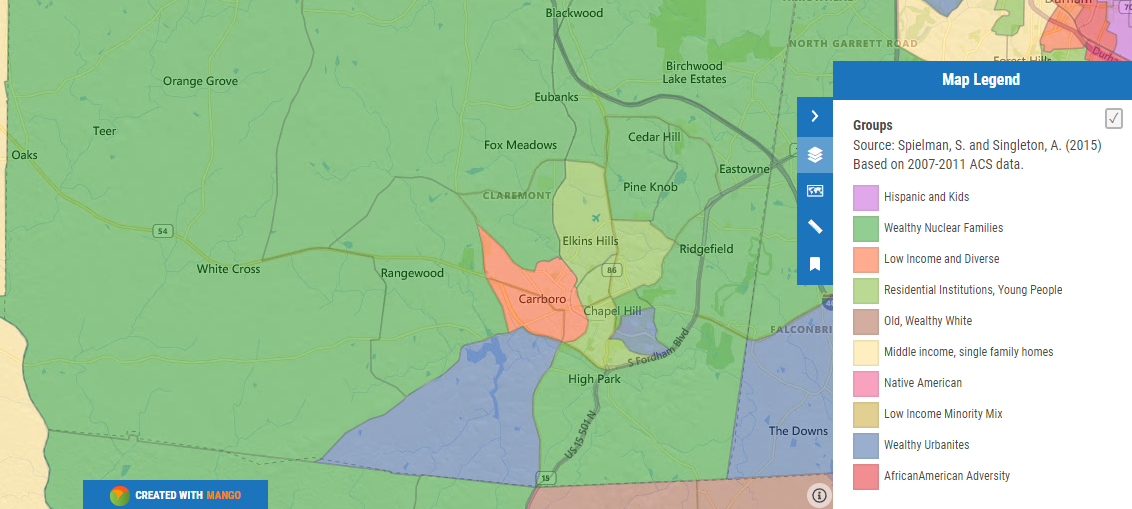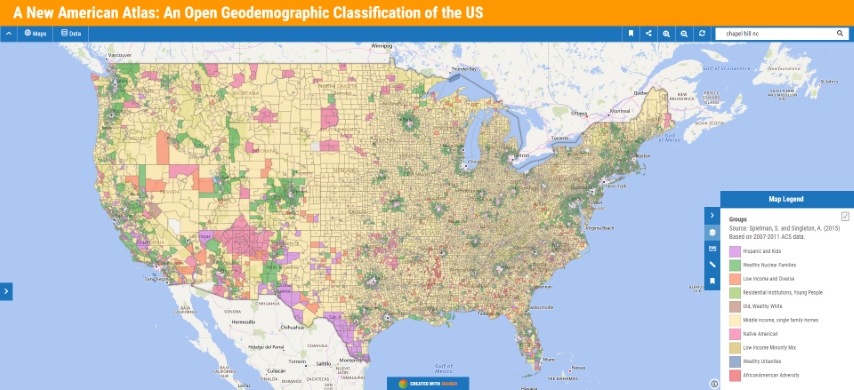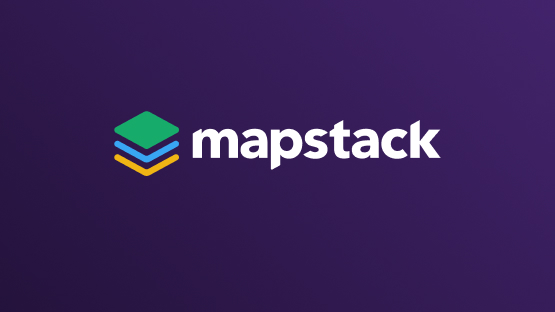As cities continue to evolve, so does our need to expand our collective vocabulary to keep pace with the changing socio-spatial landscape.
Our current terminology and its meaning, notably “urban” and “suburban", is largely descriptive of a bygone era. The world has changed, the social makeup of cities has changed, but our terminology and its semantics have not - raising the concern that location-based decision-making is becoming meaningless in the face of the fast-evolving modern world.

Urban vs Suburban in 2022
Inner-city neighborhoods were once considered areas of deprivation, but are now increasingly gentrified and affluent, leaving us in a quandary about what the terms “suburban” or “urban” even describe in 2022.
To keep pace with our cities’ ever-shifting social landscapes, we require a fundamental shift from traditional labels of urban/suburban towards using geodemographic classifications. Doing so will help capture the real diversity of a social landscape by enabling a holistic analysis of a location using metrics like age, education, language, income, population, and occupation. Ultimately, if we cannot rely on inaccurate, outdated assumptions, we need to go more nuanced and granular.
This is the only way to unsilo and blend the rich array of data points we can now access to form an accurate analysis of a given area while removing the guesswork in traditional distinctions that focus only on wealth and race, thus overcoming outdated labels.
Researchers from the University of Liverpool have developed a methodology for the multivariate description of socio-spatial patterns in the U.S and have developed an open-source geodemographic classification, utilizing free available data from the American Community Survey. As such, geodemographics have become a valuable tool for anyone wanting to understand what might drive success for a retail or franchise outlet in a given location.
City Focus: Chapel Hill, NC
Let's look at Chapel Hill, North Carolina and the areas surrounding the town. Inhabitants include low-income individuals to the East, wealthy urbanities and, further out, wealthy nuclear families. As socio-landscapes continue to rapidly change, there is a need to go beyond the urban/suburban dichotomy to holistically encapsulate the diversity of demographic makeup caused by urbanization.
This is where a software like Mango comes in. Our interface makes it easy to include geodemographic classifications when assessing the potential for sites of a retail outlet or fitness club. Mango can factor in as many geodemographic classifications as needed, going beyond simple urban/suburban geographic labels to ensure a proposed location will be viable and all the relevant data points have been considered.
You can view a map of the geodemographics of the entire United States here.
Conclusion
Businesses are currently drowning in data, but are more than ever struggling to make data-driven decisions. When applied to site selection for a new retail outlet, gym, or distribution center, getting the calculation wrong due to poor data transparency and outdated methodology can cause mistakes on a critical level, perhaps even business-critical.
By moving away from traditional methodologies that describe a world that no longer exists, adopting a multivariate geodemographic methodology is the best way forward in 2022. Not only does it open up the full palette of data points to produce accurate conclusions, it gives businesses everything they need to make informed decisions with the highest chance of success and continued business growth.




